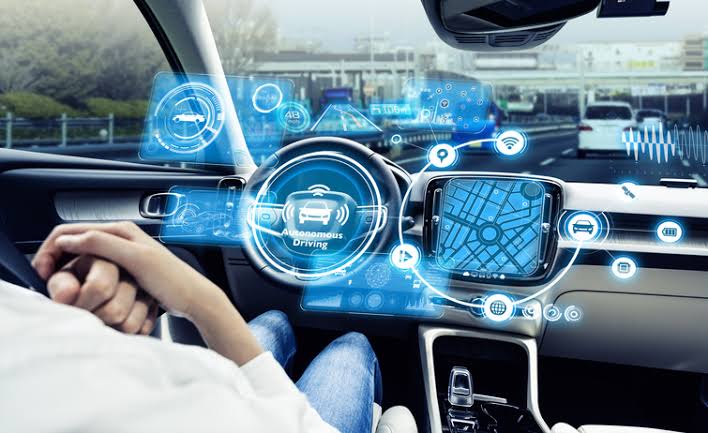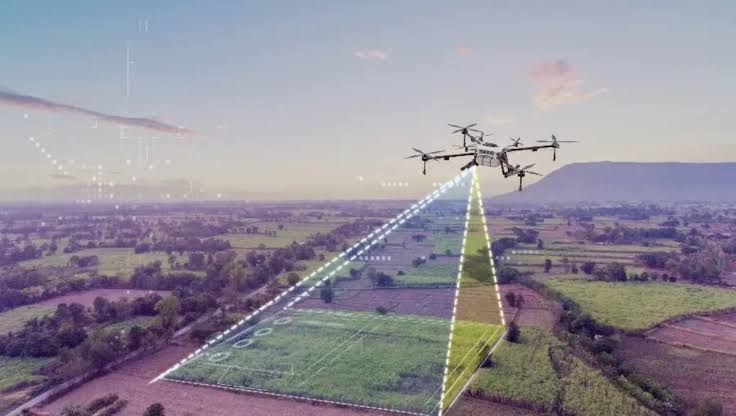Autonomous vehicles, often referred to as self-driving cars, represent one of the most transformative innovations in the transportation sector today. With the rapid progress of artificial intelligence, machine learning, advanced sensors, and connectivity, autonomous vehicles are no longer confined to futuristic imagination but are gradually becoming a reality. By 2025, several car manufacturers and tech companies have already introduced semi-autonomous driving systems, and research continues to push toward full automation. The future of autonomous vehicles promises not only convenience but also safety, efficiency, and environmental benefits.
Levels of Vehicle Autonomy
The development of autonomous vehicles is often described in levels, ranging from basic driver assistance to full automation.
- Level 1: Basic assistance such as adaptive cruise control.
- Level 2: Partial automation where the car can steer and accelerate but requires constant human supervision.
- Level 3: Conditional automation with the ability to handle most driving tasks, though human intervention is still necessary.
- Level 4: High automation where the car can operate independently under most conditions without human input.
- Level 5: Full automation where no human driver is required, and the car operates entirely on its own in all environments.
The industry is currently transitioning between Level 2 and Level 3, with pilot programs exploring Level 4 in controlled environments.
Advancements in Sensor and AI Technology
For autonomous vehicles to function safely, advanced sensors and artificial intelligence play crucial roles.
- LiDAR technology provides detailed 3D mapping of the surroundings, helping vehicles detect obstacles and navigate with precision.
- Cameras and radar systems add depth perception, detecting pedestrians, cyclists, and road conditions.
- AI algorithms process vast amounts of data in real-time, allowing the vehicle to make split-second decisions.
- Machine learning enables vehicles to improve performance over time by analyzing driving patterns and past experiences.
These advancements ensure greater accuracy, safety, and reliability in self-driving systems.
Connectivity and 5G Integration
A critical factor in the future of autonomous vehicles is connectivity. Vehicles of tomorrow will be interconnected not only with each other but also with smart infrastructure.
- Vehicle-to-vehicle (V2V) communication will allow cars to share information on traffic, road hazards, and sudden stops.
- Vehicle-to-infrastructure (V2I) communication will enable cars to interact with traffic signals, road sensors, and city management systems.
- The rollout of 5G networks ensures ultra-low latency and high-speed data exchange, which is vital for real-time decision-making.
This integration creates a safer and more efficient transport ecosystem.
Impact on Transportation and Logistics
Autonomous vehicles are expected to reshape industries beyond personal mobility. Logistics and freight transport will see significant improvements through self-driving trucks and delivery robots.
- Autonomous trucks can operate long hours without fatigue, reducing delivery times.
- Last-mile delivery drones and self-driving vans will optimize e-commerce logistics.
- Reduced human error in logistics operations will minimize accidents and costs.
For businesses, this transformation translates into higher efficiency and reduced operating expenses.
Safety and Accident Reduction
One of the primary motivations for autonomous vehicles is to enhance road safety. Human error accounts for the majority of accidents worldwide, and automation aims to reduce this risk.
- Autonomous systems can react faster than human drivers in emergency situations.
- Real-time monitoring reduces the chances of distracted or impaired driving.
- Predictive AI can anticipate dangerous behavior from other vehicles.
Widespread adoption of autonomous vehicles could drastically lower road fatalities and injuries in the long term.
Environmental Benefits
Autonomous vehicles can also contribute to environmental conservation by optimizing fuel efficiency and reducing emissions.
- Automated systems maintain smoother acceleration and braking, cutting fuel consumption.
- Electric autonomous vehicles further reduce carbon emissions compared to traditional cars.
- Smart traffic flow management reduces congestion and idling, which are major sources of pollution.
These improvements align with global efforts to combat climate change and transition toward sustainable transport.
Challenges and Limitations
Despite the promise, several challenges must be addressed before autonomous vehicles become mainstream.
- Regulatory frameworks differ across regions, slowing widespread adoption.
- Ethical dilemmas arise regarding decision-making in unavoidable accident scenarios.
- Cybersecurity risks remain a concern as vehicles rely heavily on connectivity.
- Public trust and acceptance still need to be built, as many remain skeptical of full automation.
Overcoming these obstacles will require collaboration between governments, car manufacturers, and technology providers.
Future Outlook of Autonomous Vehicles
Looking ahead, the adoption of autonomous vehicles is expected to accelerate over the next decade.
- By 2030, many urban areas may adopt self-driving taxis and shuttles as part of smart city planning.
- Integration with ride-sharing services will make autonomous transport more affordable and accessible.
- Advancements in renewable energy and battery technology will align autonomous vehicles with green initiatives.
- Gradual improvements in AI, sensor accuracy, and global regulations will push vehicles closer to Level 5 autonomy.
The long-term vision is a transportation system where human drivers are optional, and mobility becomes safer, cleaner, and more efficient.
Conclusion
The future of autonomous vehicles technology advancements is a blend of innovation, connectivity, and transformation. With AI, sensors, and 5G integration, vehicles are becoming smarter and more capable than ever before. While challenges exist in regulations, safety, and public trust, the potential benefits far outweigh the drawbacks. From safer roads and reduced emissions to efficient logistics and enhanced mobility, autonomous vehicles will play a defining role in shaping the future of transportation.



